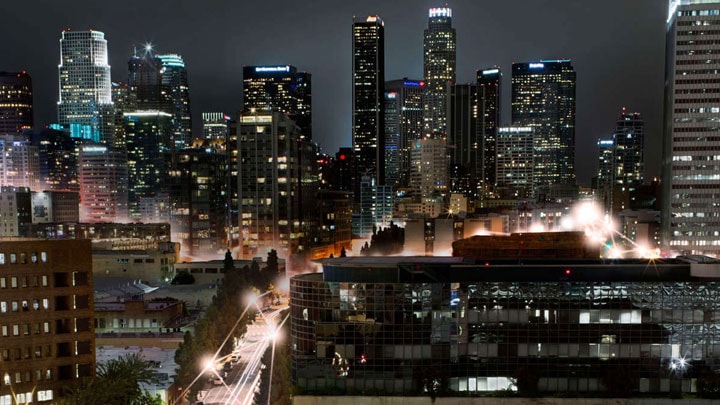Industrial and warehousing environments pose unique challenges for keeping workers safe, productive, and comfortable. Warehouses and manufacturing facilities are often cavernous and windowless, making them difficult to illuminate sufficiently and cost-effectively. Various types of machinery, forklifts and other heavy-duty vehicles, and hard-to-access storage areas contribute to employee risk. Facilities that operate 24/7 may find that the risks are even greater for third-shift and swing-shift workers, when there are typically fewer people on hand and therefore less immediate access to help if something goes wrong.
Given these special circumstances, what kind of lighting do workers need to ensure safety, comfort, and the efficient completion of tasks? And how might smart lighting management approaches help to balance the needs of human users of these spaces with the business need to optimize energy savings and minimize costs?
As in many other applications, connected lighting can do better than LED lighting by collecting actionable data from the lit environment. Sensors in the lighting grid can track compliance with healthy environment guidelines set either by standards-making organizations, worker advocacy groups, or the businesses themselves. Typical environmental factors that sensors can track include sound levels, particle levels of various substances, temperature, and humidity.
Connected lighting systems offer an extremely convenient and cost-effective way to distribute sensor networks throughout an industrial facility. Lighting is everywhere that people need to work and move within the building, it’s powered, it’s in an effective location for many sensing tasks (usually overhead) and when it’s connected, it’s also data-enabled. It therefore makes perfect sense to outfit the lighting grid with sensors and gather data from them through the connected lighting infrastructure.
With management software running in the back end, businesses can use the data collected from the connected lighting system to help identify dangerous situations and send alerts. Integrating data from multiple services and facilities systems opens the door for greater transparency of conditions, remote monitoring and, most importantly, coordinated response when issues do occur.
As the industrial Internet of Things transforms the way industrial workers do their jobs, a new industrial “safety culture” is emerging. But technologies and policies that support worker safety must keep pace with workplace transformation. As productivity expert Kayla Matthews writes in Industrial Safety and Hygiene News, “safety-related advantages could become less apparent if organizations don't update their safety plans to incorporate IIoT equipment.” This might include the use of a digital twin to run what-if scenarios, as well as integrating wearables into montoring systems to track the worker vitals in real-time. And of course proper training is a must-have.

Customer stories
Find out more about how our customers create value with Interact, across a wide range of professional lighting applications and around the world.